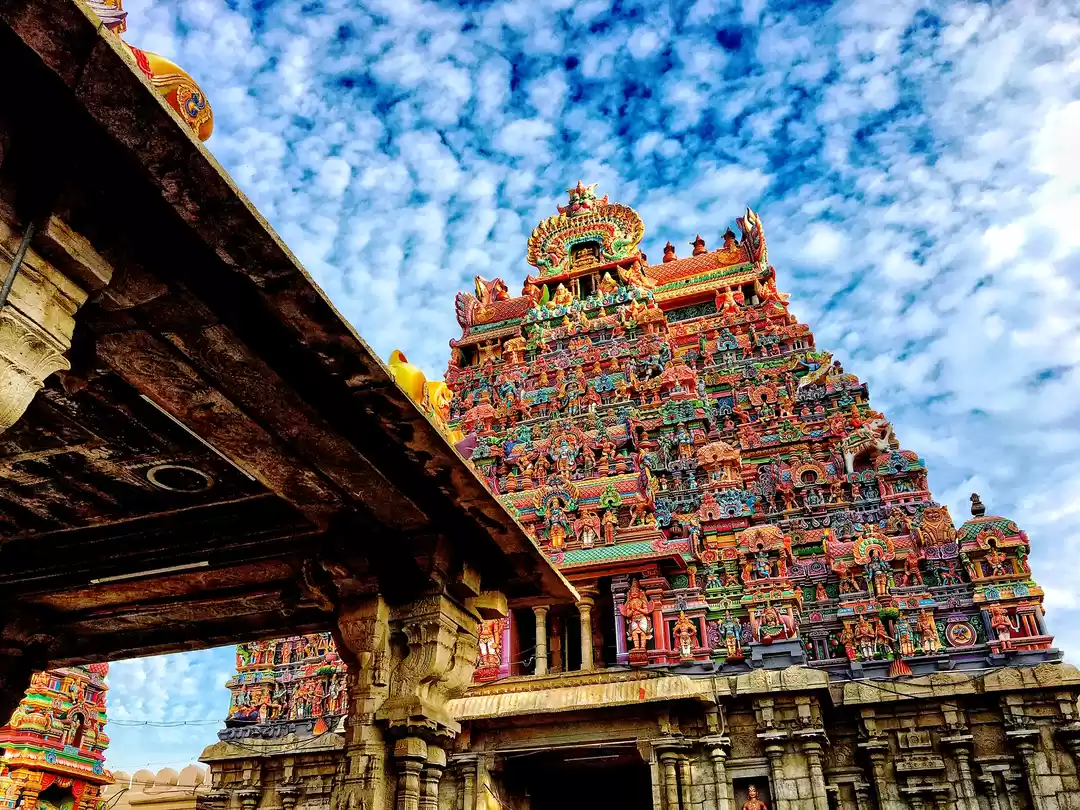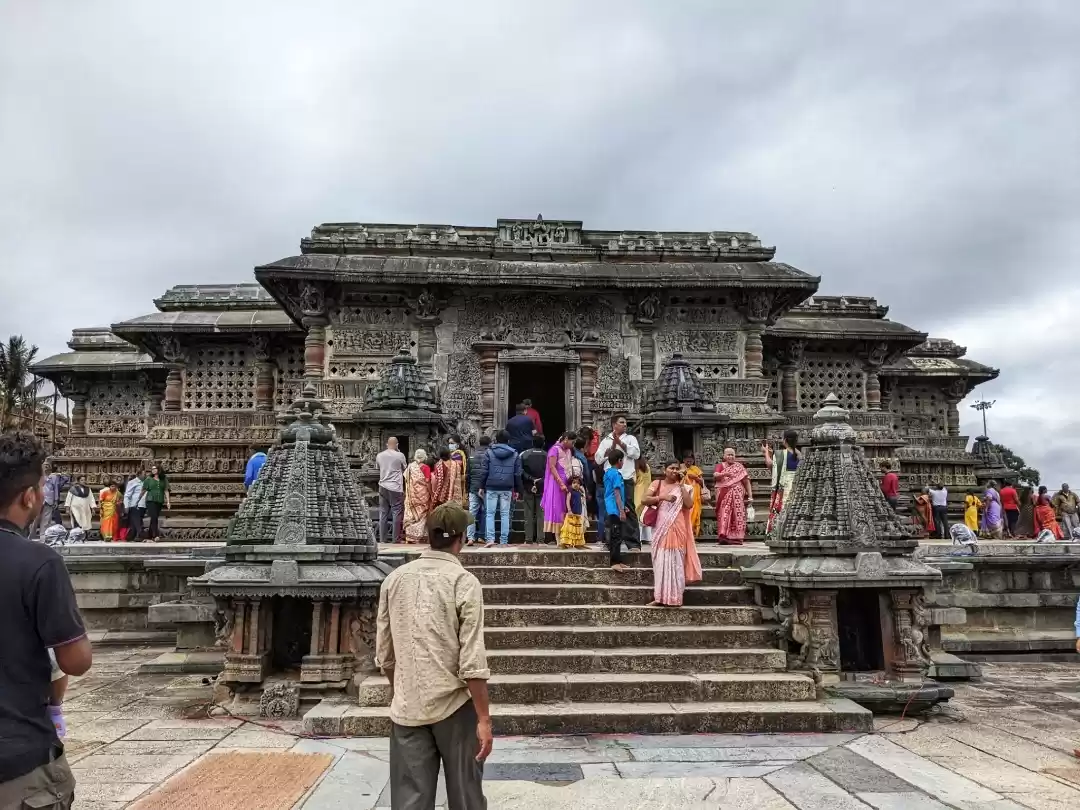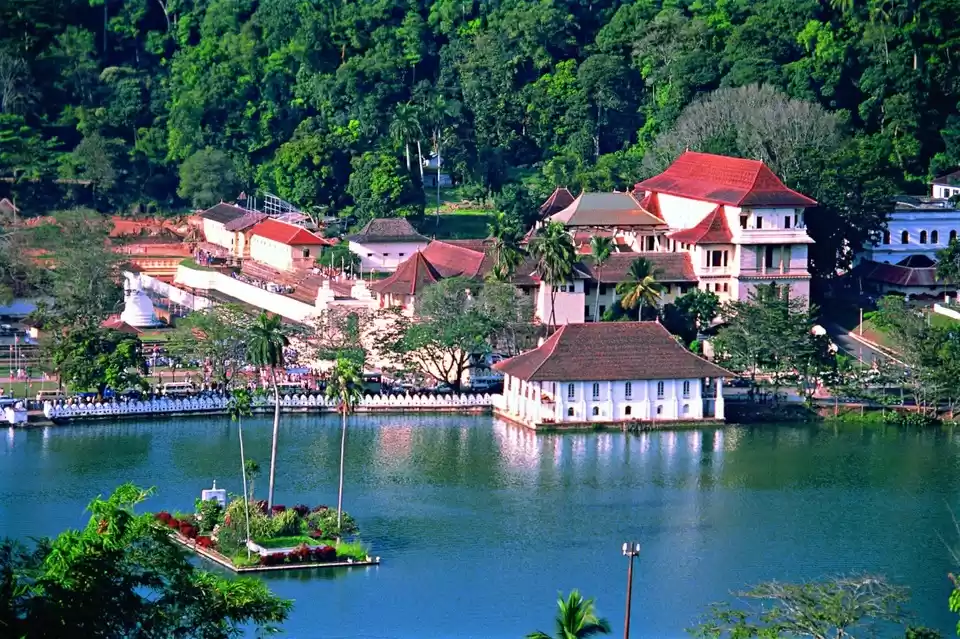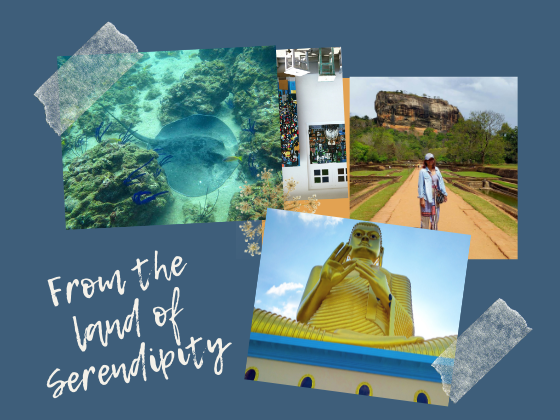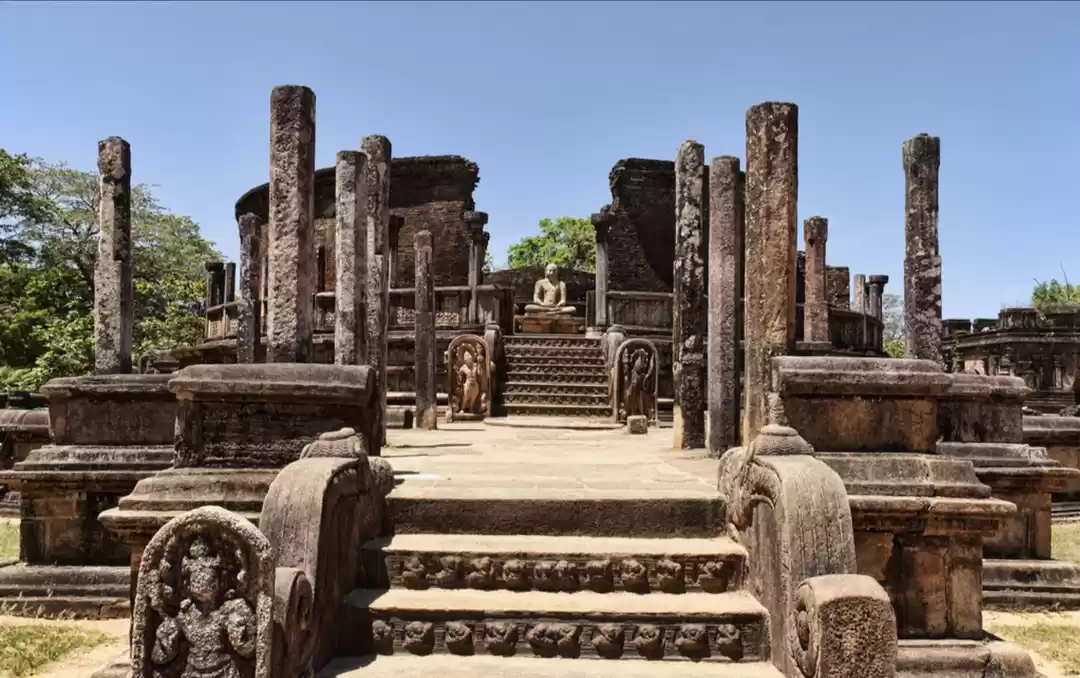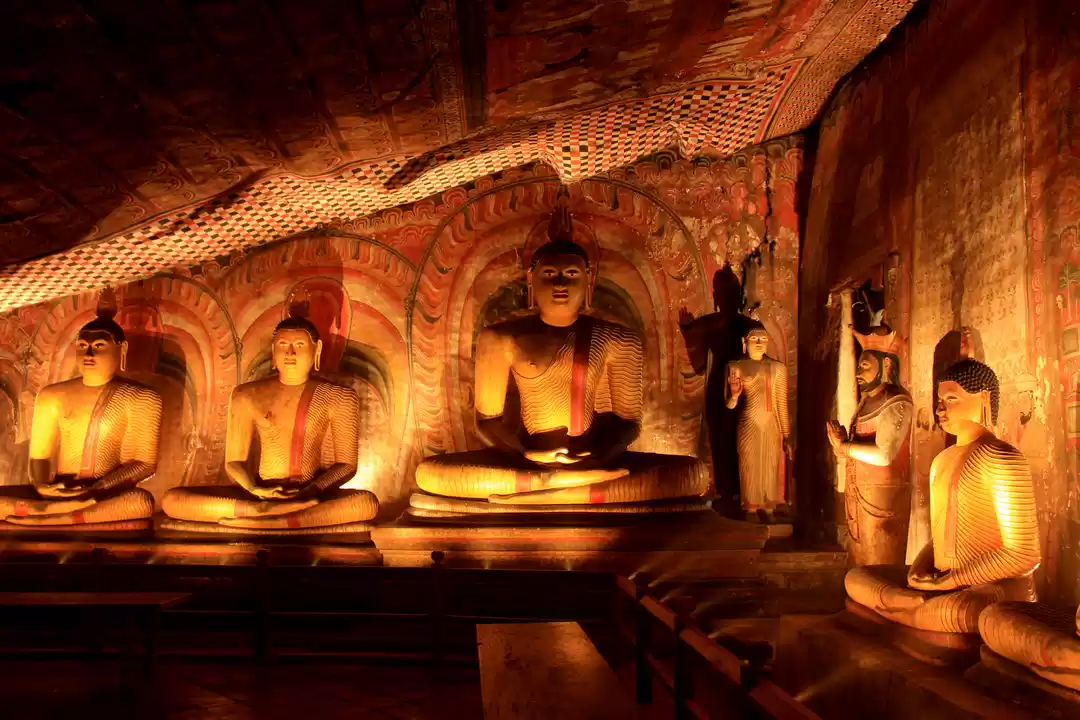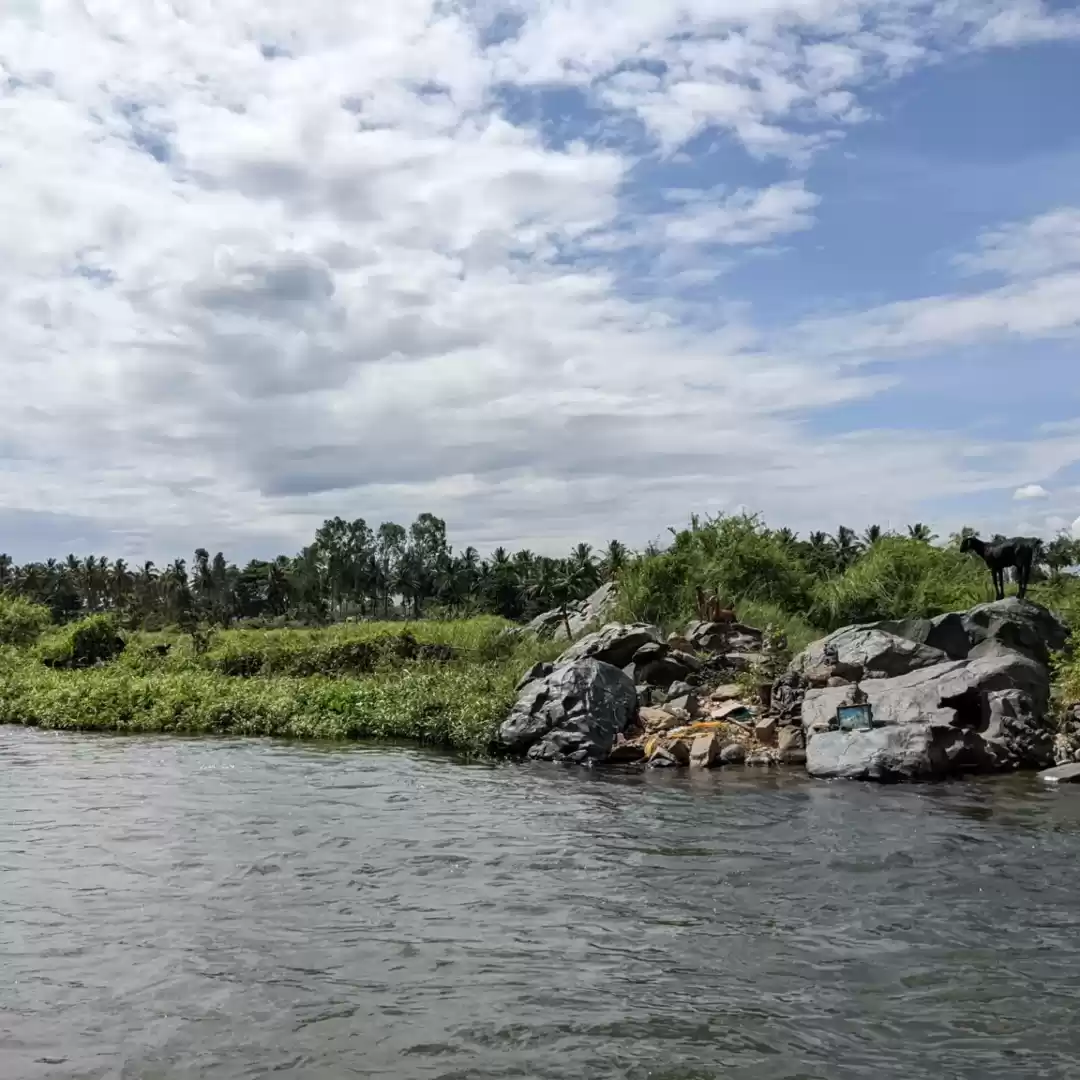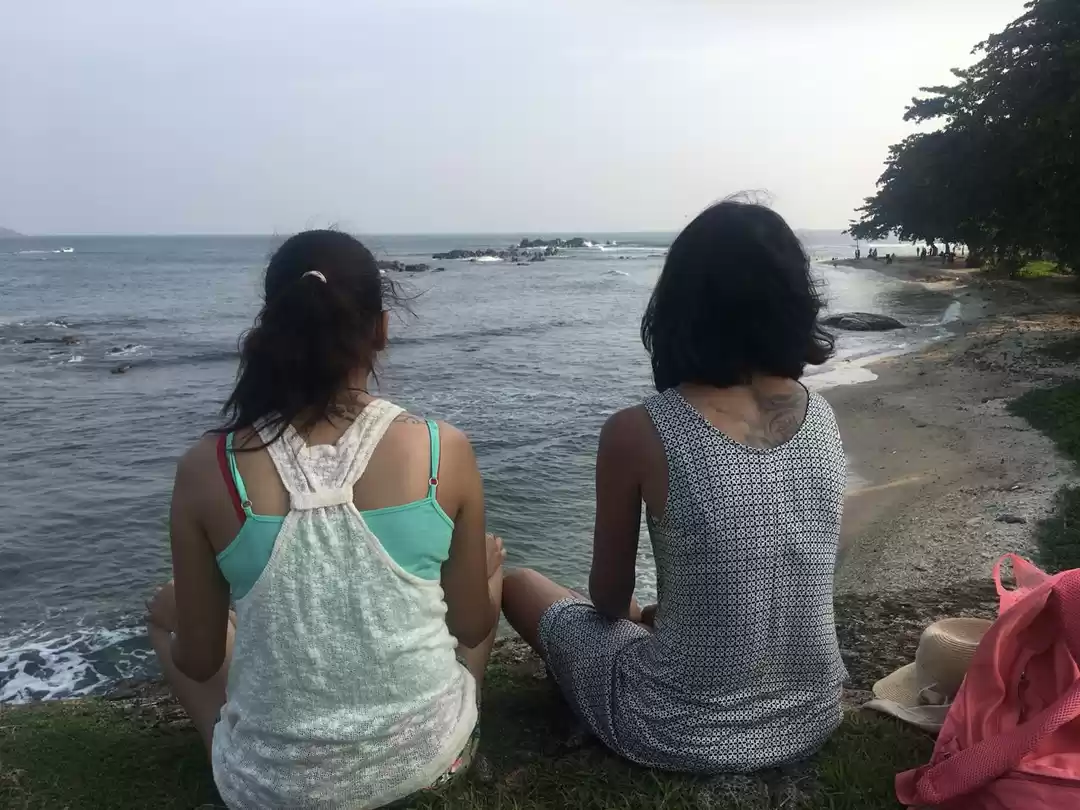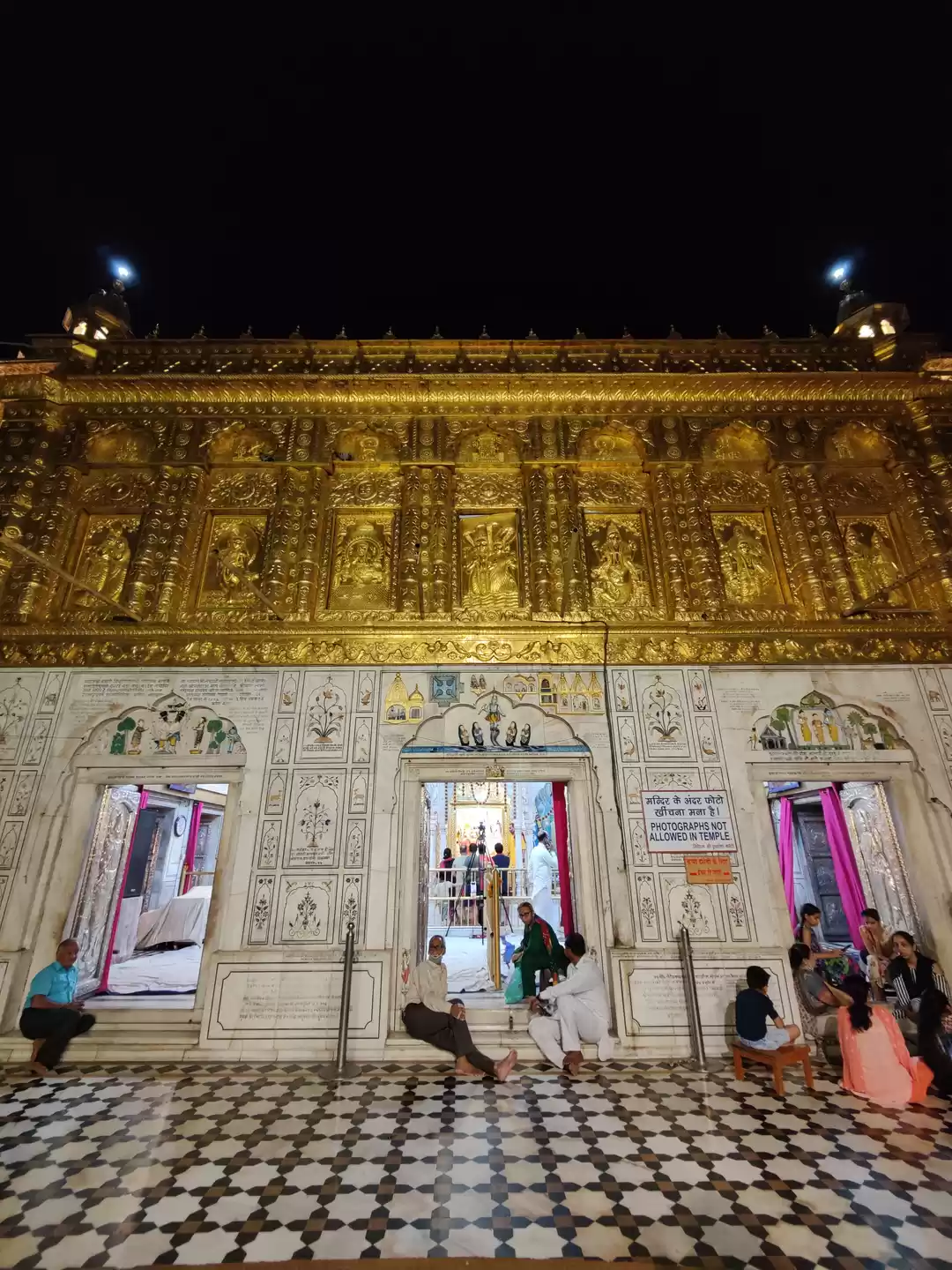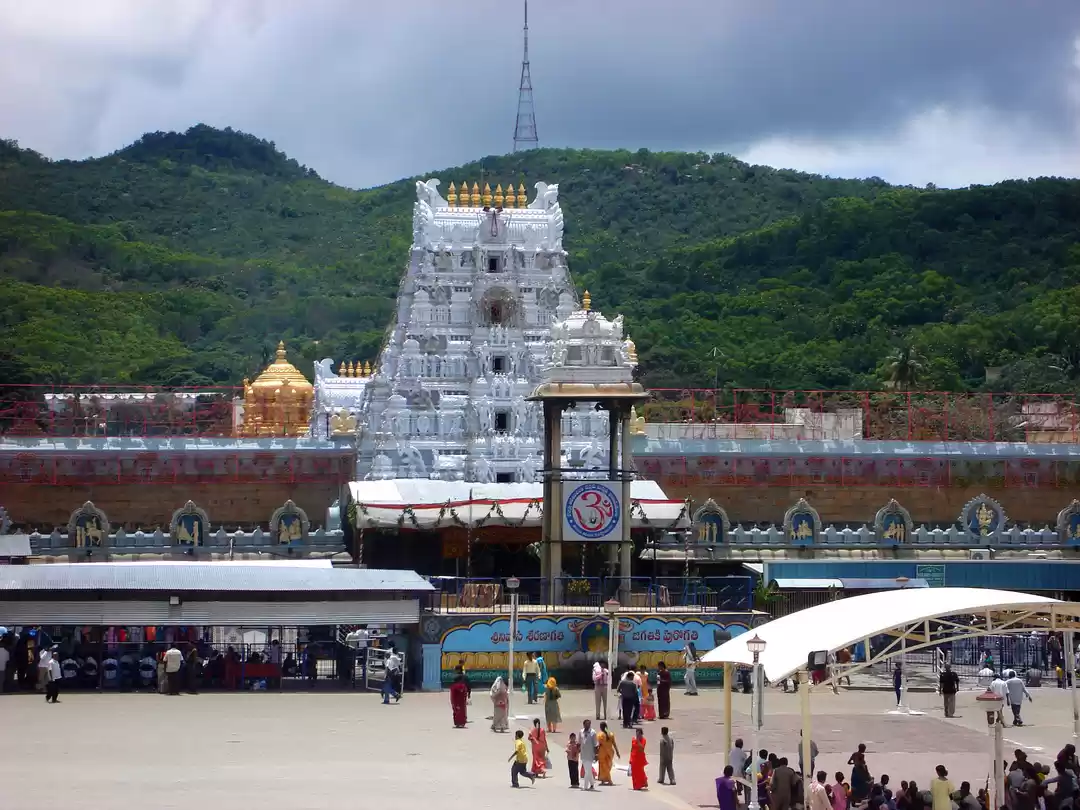Sri Ranganatha Swamy Temple, also known as Srirangam Temple, is one of the most revered and magnificent temples in India. Located in the island town of Srirangam, near Tiruchirappalli in Tamil Nadu, this temple is dedicated to Lord Vishnu, who is worshipped here as Sri Ranganatha Swamy, the reclining form of the Supreme God. The temple is also the foremost among the 108 Divya Desams, the holy abodes of Lord Vishnu, and is considered the earthly representation of Vaikuntha, his celestial abode.
The temple is not only a marvel of spirituality, but also of architecture, culture, and history. It is the world’s largest functioning Hindu temple, covering an area of 156 acres, and has 21 towering gopurams (gateway towers), 39 pavilions, 50 shrines, and a hall with 1000 pillars. The temple is also a UNESCO World Heritage Site, as part of the Great Living Chola Temples group, and has been praised by many poets, saints, and rulers over the centuries.
If you are planning to visit this temple, you are in for a divine and unforgettable experience. In this article, we will guide you through everything you need to know about the Sri Ranganatha Swamy Temple, its history, its architecture, its festivals, its services, and its nearby attractions. We will also provide you with some useful travel tips and accommodation options, so that you can make the most of your trip.
History and Mythology
The Sri Ranganatha Swamy Temple has a rich and fascinating history, dating back to the prehistoric times. According to legend, the temple was originally built by Lord Brahma, the creator of the universe, who worshipped the idol of Sri Ranganatha Swamy on the banks of the river Ganges. Later, he gifted the idol to King Ikshvaku, the ancestor of Lord Rama, who installed it in his capital, Ayodhya. After Lord Rama’s victory over Ravana, he gave the idol to Vibhishana, Ravana’s brother, who became his devotee.
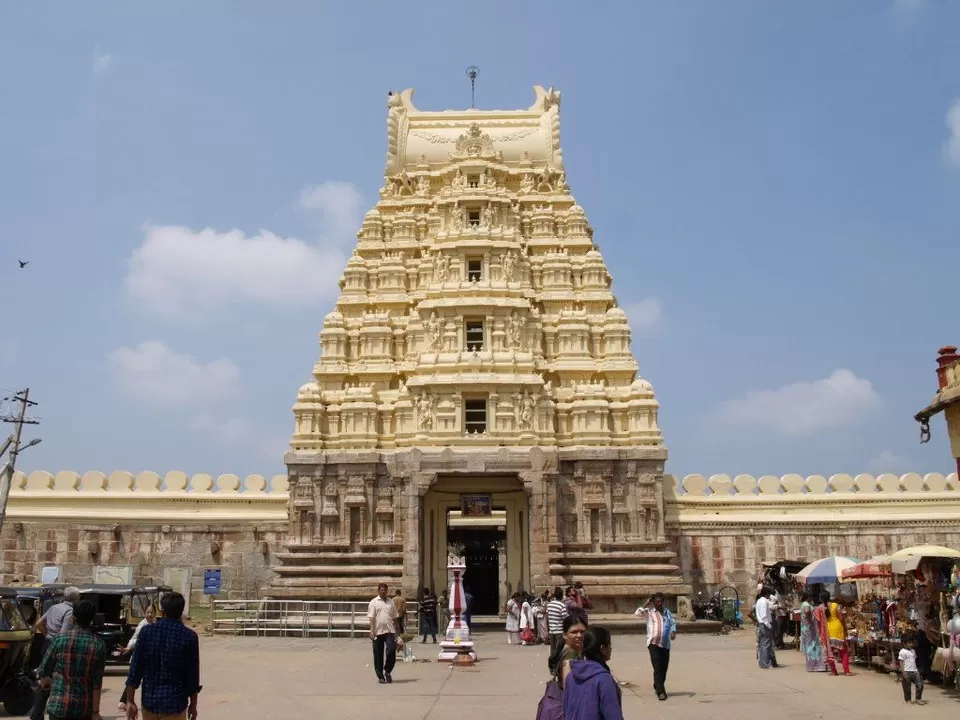
Vibhishana carried the idol to Sri Lanka, but on his way, he stopped at Srirangam to perform his daily rituals. There, he placed the idol on the ground, and when he tried to lift it, it became immovable. Lord Ranganatha Swamy appeared and told him that he wished to stay at Srirangam, facing Lanka, and bless his devotees. He also granted Vibhishana the boon that he could visit him every day from Lanka. Thus, the temple was established at Srirangam, and Vibhishana became the first chief of the temple.
The temple has witnessed many historical events and changes over the centuries. It has been patronized by various dynasties, such as the Pallavas, the Cholas, the Pandyas, the Hoysalas, the Vijayanagara Empire, and the Nayakas, who contributed to its expansion and renovation. The temple has also faced many invasions and attacks by the Muslim and European rulers, who looted and damaged the temple. However, the temple was restored and protected by the devotees and the kings, who hid the main idol and the treasures in secret places, and rebuilt the temple with more grandeur and glory.
The temple is also the birthplace and the headquarters of the Sri Vaishnava sect, a prominent branch of Vaishnavism, which follows the teachings of the Alwars, the 12 poet-saints who sang the praises of Lord Vishnu, and the Acharyas, the spiritual leaders who propagated the philosophy of Vishishtadvaita, or qualified non-dualism. The most famous among them is Ramanuja, who lived in the 11th-12th century CE, and is regarded as the chief exponent of Sri Vaishnavism. He resided at Srirangam for many years, and established the temple administration and the rituals. His mortal remains are preserved in a shrine within the temple complex.
Architecture
The Sri Ranganatha Swamy Temple is a masterpiece of Dravidian architecture, which reflects the artistic and engineering skills of the ancient and medieval builders. The temple complex is surrounded by seven concentric walls, or prakaras, which represent the seven layers of matter that enclose the soul.
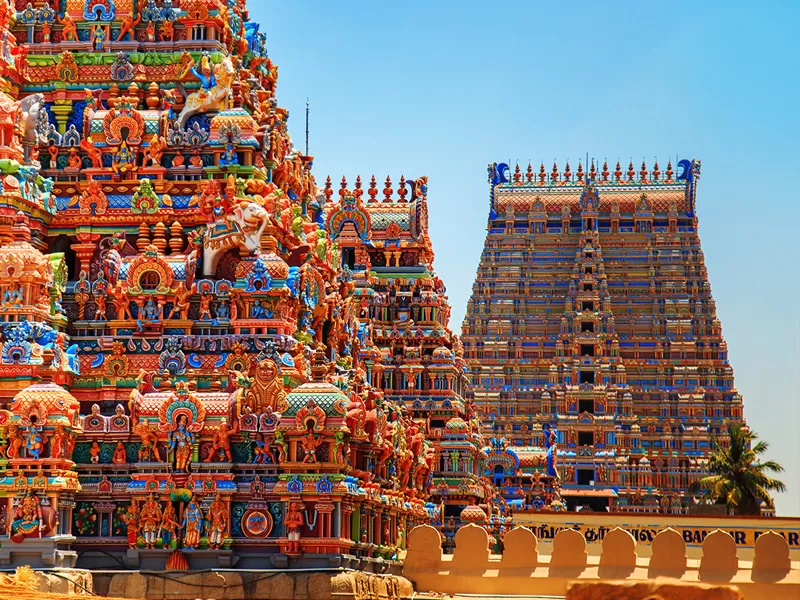
The outermost wall is 3.2 km long, and encloses the entire Srirangam town, making it a temple city. The innermost wall is the sanctum sanctorum, where the main deity, Sri Ranganatha Swamy, is enshrined in a reclining posture on a five-headed serpent, Adisesha, facing south. The idol is made of black stone, and is about 6.5 m long. The sanctum is covered by a gold-plated vimana, or tower, called Ranga Vimana, which is adorned with intricate carvings and sculptures.
The temple complex has 21 gopurams, which are the ornamental gateway towers that mark the entrances to the prakaras. The gopurams are decorated with colorful stucco figures of gods, goddesses, animals, and mythical creatures, and have a pyramidal shape that tapers towards the top. The tallest gopuram is the Rajagopuram, which is 72 m high, and has 13 tiers. It is the second tallest temple tower in Asia, and was built by the Nayaka king, Achyuta Deva Raya, in the 16th century CE.
Best Time to Visit
The best time to visit Sri Ranganatha Swamy Temple is between October and March, when the weather is pleasant and the temple celebrates many festivals and events. Some of the major festivals that you can witness during this time are:
Vaikuntha Ekadasi, which is the most auspicious day for Lord Vishnu, and is celebrated with great fervor and devotion. On this day, the temple opens the Paramapada Vasal, or the gate to heaven, and thousands of devotees throng to pass through it and get the blessings of Lord Ranganatha Swamy.
Ratha Sapthami, which is the day when the sun god, Surya, changes his direction and moves towards the north. On this day, the temple conducts a grand procession of Lord Ranganatha Swamy on seven different chariots, each representing a day of the week.
Panguni Uthiram, which is the day when the full moon coincides with the Uthiram star. On this day, the temple celebrates the divine wedding of Lord Ranganatha Swamy and Goddess Ranganayaki, and also the wedding of Lord Rama and Goddess Sita.
These festivals are not only a spectacle of faith and devotion, but also of culture and art. You can witness the temple adorned with colorful decorations, lights, and flowers, and enjoy the music, dance, and drama performances by various artists. You can also participate in the rituals, offerings, and prasadam distribution, and experience the bliss and joy of the temple atmosphere.
Gettting There
There are different ways to reach the Sri Ranganatha Swamy Temple, depending on your mode of transportation and your starting point. Here are some of the common options:
By air:
The nearest airport is the Tiruchirapalli International Airport, which is just 10 km away from the temple. You can take a taxi or a bus from the airport to Srirangam, where the temple is located.
By train:
The nearest railway station is the Srirangam Railway Station, which is just 2 km away from the temple. You can walk or take an auto-rickshaw from the station to the temple.
By road:
Srirangam is well-connected by road to major cities in Tamil Nadu, such as Chennai, Madurai, Coimbatore, and Tiruchirapalli. You can take a bus or a taxi from these cities to Srirangam, and then reach the temple by foot or by auto-rickshaw.
Note: The temple is open from 6:00 am to 9:00 pm every day, with some breaks in between for rituals and maintenance. The temple timings may vary during festivals and special occasions, so it is advisable to check the official website or call the temple office before planning your visit.
What is the dress code for visiting Sri Ranganatha Swamy Temple?

There is no strict dress code for visiting Sri Ranganatha Swamy Temple, but it is advisable to follow a modest and conservative attire that covers your shoulders and knees.
This is to respect the sentiments of the devotees and the temple authorities, who may deny entry to those who are inappropriately dressed. You should also avoid wearing leather items, such as belts, shoes, and bags, as they are considered impure in Hindu temples.
The Sri Ranganatha Swamy Temple is a wonder of spirituality, architecture, culture, and history, that attracts millions of devotees and tourists every year. Visiting this temple is not only a pilgrimage, but also a journey of discovery and enlightenment.
Whether you are a believer or a seeker, you will find something to inspire and awe you at this temple. From the majestic gopurams and the serene sanctum, to the vibrant festivals and the rich heritage, the temple offers a glimpse of the divine and the sublime.
If you are planning to visit this temple, we hope this article has helped you with all the information and tips you need to make your trip a memorable and rewarding one.
We also hope that you will respect the temple rules and etiquette, and enjoy the temple atmosphere with reverence and gratitude. Thank you for choosing Tripoto as your travel guide, and we wish you a happy and safe journey.













